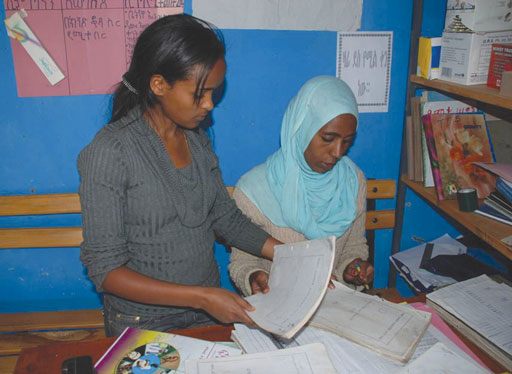15.5 Methods and tools for evaluation
The focus of evaluation is on outcomes and impacts. For behaviour change communication projects, these two result categories will require different approaches to evaluation.
An outcome evaluation would tell you the short-term results of a WASH promotion intervention. It shows what kind of change has occurred in environment, behaviour, health knowledge, social participation, lifestyle or risk factors. Examples of questions you may ask in an outcome evaluation include:
- Since the project started, has there been an increase in the number of people who know about the subject of your promotion? Has there been a change in the environment, e.g. are there now more handwashing facilities available in homes?
- Has there been a change in behaviour, e.g. are more people now washing their hands with soap?
An impact evaluation looks at the long-term changes that have resulted from a health intervention, such as how a communication project has affected people’s lives. Examples of questions you may ask in an impact evaluation include:
- Has there been a decrease in the incidence of diarrhoea since the project started?
- How much reduction has been seen in the child death rate from diarrhoea?
Methods used for outcome and impact evaluations of health promotion projects may be qualitative or quantitative. Qualitative evaluation methods explore why particular effects have resulted following a behaviour change communication. These methods include interviews and focus group discussions. For example, interviews might help establish why more mothers wash their hands with soap now, compared with before the project began. Quantitative evaluation methods explore by how much change has occurred. For example a survey might be done to estimate the proportion of the population who now regularly wash their hands with soap, compared with before the project started. The results can be analysed using statistical analysis.
The most comprehensive behaviour change communication evaluations use a combination of qualitative and quantitative methods. For both methods, recording information is crucial (Figure 15.7).

15.4.2 Field visits
